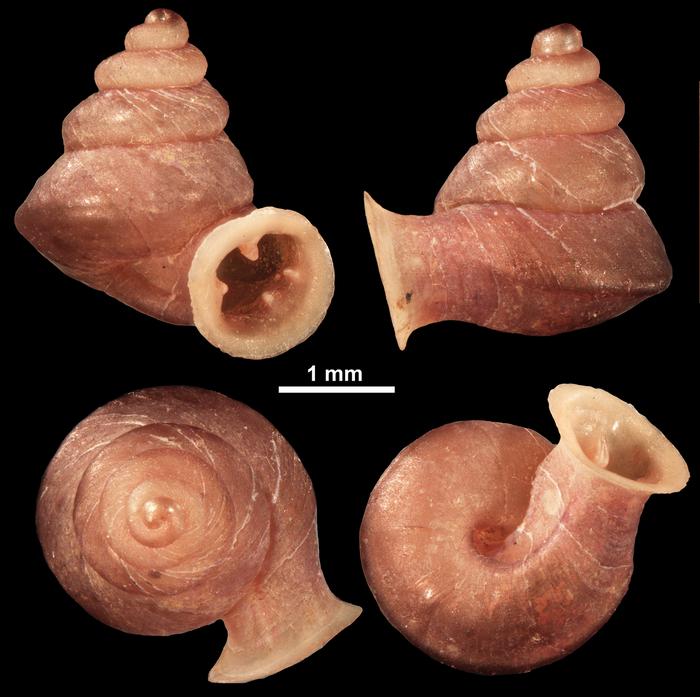A tiny new snail species discovered in Thailand has been named after legendary artist Pablo Picasso, due to the strange, complex geometric patterns seen on its shell.
The species, measuring only 3 millimetres (0.1 in) in size, has been named Anauchen picasso owing to the rectangularly angled whorls on its shell.
These whorl patterns “look like a cubist interpretation of other snails with ‘normal’ shell shapes,” prompting researchers to name it after Picasso.
“This species looks like an Anauchen with rounded whorls painted in a Pablo Picasso-style resembling the art style known as Cubism,” scientists wrote in the study, published in the journal ZooKeys.
Its brown, conical shell consists of 4.5–5 whorls separated by a deep suture, scientists say.

There are several irregularly spaced whitish streaks crossing the shell’s spiral.
The research describes 46 new species of microsnails from Cambodia, Myanmar, Laos, Thailand, and Vietnam.
These are tiny land snails with shell sizes less than 5 mm, found mostly in Southeast Asia, including former Indochina, Indonesia, and the Philippines, as well as parts of China.
Their distribution extends further westwards, across India to Pakistan, with significantly reduced diversity.
Researchers also propose a new method to classify snails by sorting them into similar groups based on overall shell shape, shell surface texture, and the arrangement of apertural barriers.
Many of the new species were collected only recently, while several others were discovered in the collection of the Florida Museum of Natural History, having been collected in the 1980s.
“Although the shell sizes of these snails are less than 5 mm, they are real beauties! Their shells exhibit extraordinary complexity,” scientists say.
“For example, the aperture (’opening’ of the shell) is armed with numerous tooth-like barriers, which are most probably useful against predators,” they explained.
Several of the new species were found to have an aperture that turns either upwards or downwards, meaning some species carry their shells upside-down.
Researchers were able to distinguish the different snails based on the apertural barriers and the orientation of the last whorl on the shell.
Scientists caution that the locations where some of the snails were found in the 1980s may have already been destroyed by deforestation and limestone quarrying.
The study highlights these major threats that locally endemic land snails face in Southeast Asia.
Source: independent.co.uk


